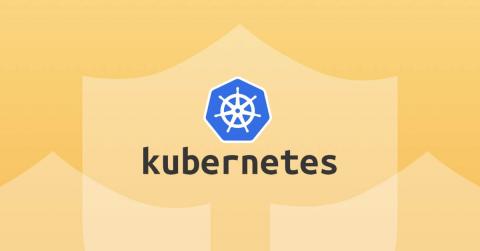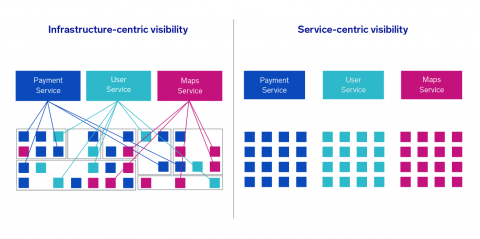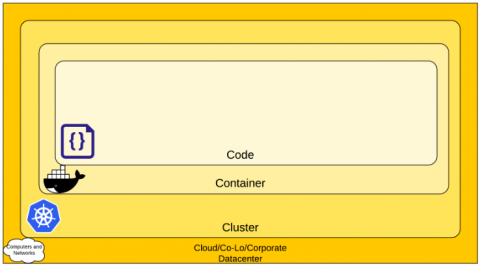Startup CTO: How to Onboard a New Software
Once you’ve hired a software engineer, it’s easy to feel like the recruiting process is over. However, the first few days and weeks of your new engineer’s experience are critical to their long term success and happiness at your startup. In this last part of our series on hiring software engineers as the CTO of a startup, we’ll talk about how we onboard software engineers at Blue Matador and the insights I’ve gained in this part of the CTO experience.











